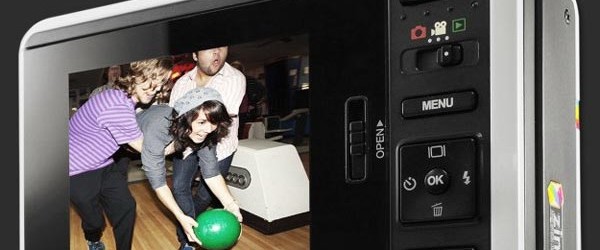
How to Make a Digital Camera Comparison without Confusion
Gadgets 0 CommentsDigital camera comparison can be tricky. Each camera has its own feature set and each manufacturer adds a different set of bells and whistles to their line of cameras. I recommend that you not give your attention to all the hype. Instead, use the criteria for buying a digital camera to make a comparison. Then you will find the camera that is right for you.
There are several different types of digital cameras on the market today. As you do a digital camera comparison, do not attempt to make a digital camera comparison across categories. You will only become confused with all of the choices available. Instead, pick a category of camera that is right for you and then do a digital camera comparison within that category. Here are some categories for you to consider:
Point and Shoot
Point and shoot cameras have fully automatic controls. A point and shoot camera is designed to be easy to use. You take it out of the box, look at the directions for 10 minutes or so and start taking pictures. These cameras are perfect if aren’t interested in fancy photography and just want to take great pictures of friends, family, your vacation, etc. They are not only easy to use but also very reasonably priced. You can find good point and shoot cameras for $200 or less.
Small Digital Cameras
Small or mini digital cameras are designed to fit conveniently in a purse or pocket. You will give up some features and probably some resolution. But if you want a camera to take pictures to use on your computer or just to make small size 4 x 6 prints, then a small digital is the way to go.
Professional Digital Camera
Professional digital cameras (sometimes called slr digital cameras) are designed to be used by those who are skilled photographers or who would like to become skilled photographers. Professional digital cameras have many more options, including the ability to go fully manual. True professional digital cameras also have interchangeable lenses that are a necessity for the variety of situations that a professional photographer encounters. These cameras also allow you to shoot in fully manual mode, so that you can determine all of the camera’s settings on your own. Of course, these features do come at a price. A professional digital camera will cost $500 and up. You should realistically expect to pay around $1000 for a truly professional level camera and a few accessories. On the up side, these cameras will have 4 megapixel and up resolutions, which will allow for prints of high quality at 8×10 and larger.
Disposable Digital Cameras
These are one of the newest things on the market. These digital cameras work the same as their film counterparts. You buy the camera, take the pictures and then turn in the whole camera to your local processor who puts the images onto a cd for you. You then pick up the cd and use it on your computer. You can use the same local processor who does print film to process your disposable digital camera photos.
Other Cameras
A variety of digital cameras are available for specialized applications. You can purchase a waterproof digital camera for taking pictures around water. An underwater digital camera allows you to take pictures while scuba diving.
You can also get professional level single lens reflex (slr) digital cameras that cost thousands of dollars but allow you all the flexibility of the film slr cameras. You can also purchase what is called a digital back for the slr film camera that you own. That way you can continue to use all the lenses and accessories you have purchased for your film slr camera. However, these digital backs are very pricey and can run $5,000 or more.
I would recommend that as you do a digital camera comparison that you first decide what category of camera you are looking for. Then make a digital camera comparison within that category. This will make the whole processing of digital camera comparison much less confusing.









